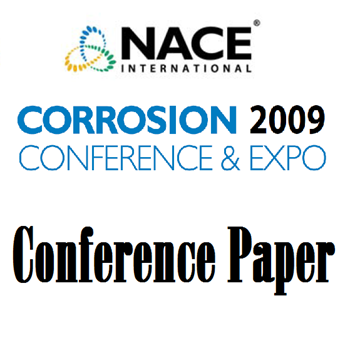Search
96610 A NEW APPROACH TO DETECT AND IDENTIFY HYDROCARBON LEAKS IN REFINERY COOLING SYSTEMS
Also Purchased
00691 EXPERIENCE WITH TITANIUM HEAT EXCHANGERS IN REFINERY SERVICES
Product Number:
51300-00691-SG
ISBN:
00691 2000 CP
Publication Date:
2000
$20.00
09338 Heat Treatment Issues on Stainless Steel Heat Exchanger Tubes
Product Number:
51300-09338-SG
ISBN:
09338 2009 CP
Publication Date:
2009
$20.00
09439 Application of Analysis and Control for Corrosion Damage In Cooling Water Systems Using Corrosion Monitoring
Product Number:
51300-09439-SG
ISBN:
09439 2009 CP
Publication Date:
2009
$20.00




